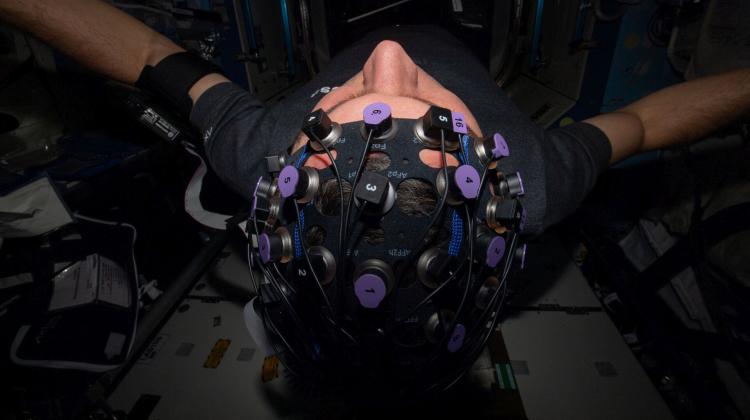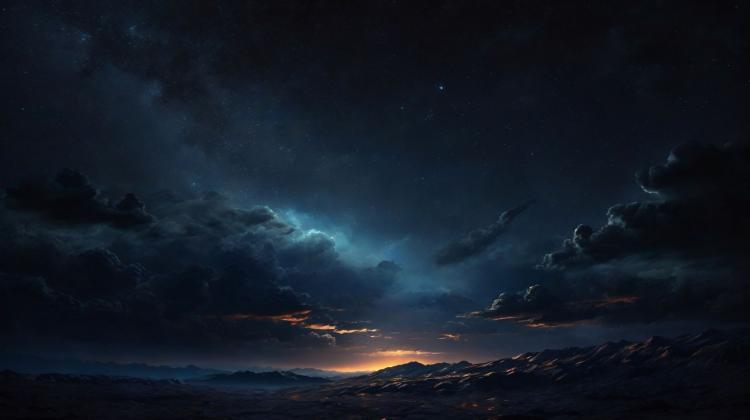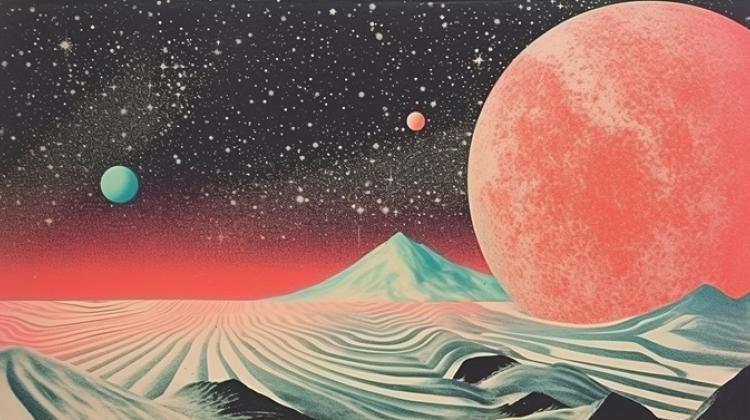Hunting for meteorites - oldest pieces of matter on Earth
 Credit: Szymon Kozłowski
Credit: Szymon Kozłowski
Meteorites are the oldest pieces of matter that we can find on Earth. Scientists precisely calculate their age at 4.567 billion years. How to find your own meteorite? How to recognize it? Where in Poland can you still find most of them? Professor Szymon Kozłowski, an astronomer and meteorite expert, talks about it in an interview.
On Saturday, January 20 this year, at 10:48 PM at the Konkoly Observatory in Hungary, the Hungarian astronomer Krisztián Sárneczky discovered a small asteroid moving in the sky. He immediately notified other astronomers around the world, who used telescopes aimed at the sky to confirm the discovery. Scientists quickly calculated that the object would hit Earth in less than three hours. It was calculated that this would happen on January 21 at. 1.32 AM, 50 to 100 km west of Berlin. And so it did. When entering the Earth's atmosphere, the lump of matter broke up into many small fragments, which ended their cosmic journey near the German capital.
AN INCONSPICUOUS PEBBLE FROM BERLIN
'Once we knew the approximate place of the fall, all we had to do was go and look for the remains of this small asteroid, i.e. meteorites lying on the ground. The first group of searchers to reach the site came from Poland. On the fourth day after the fall, they found the first meteorite weighing 171 g,’ says Professor Szymon Kozłowski, an astronomer working at the Astronomical Observatory at the University of Warsaw and a member of the Polish Meteorite Society.
The specimen turned out to be very unusual. It looked completely different than the most common meteorites, which is why it took so long to find it. Not only that, tracks around it showed that it had been passed by many times and unrecognised by other searchers. In the history of Europe, this was the second fall of such specific stony meteorites - achondrites, i.e. fragments from the surface of a large asteroid or planet.
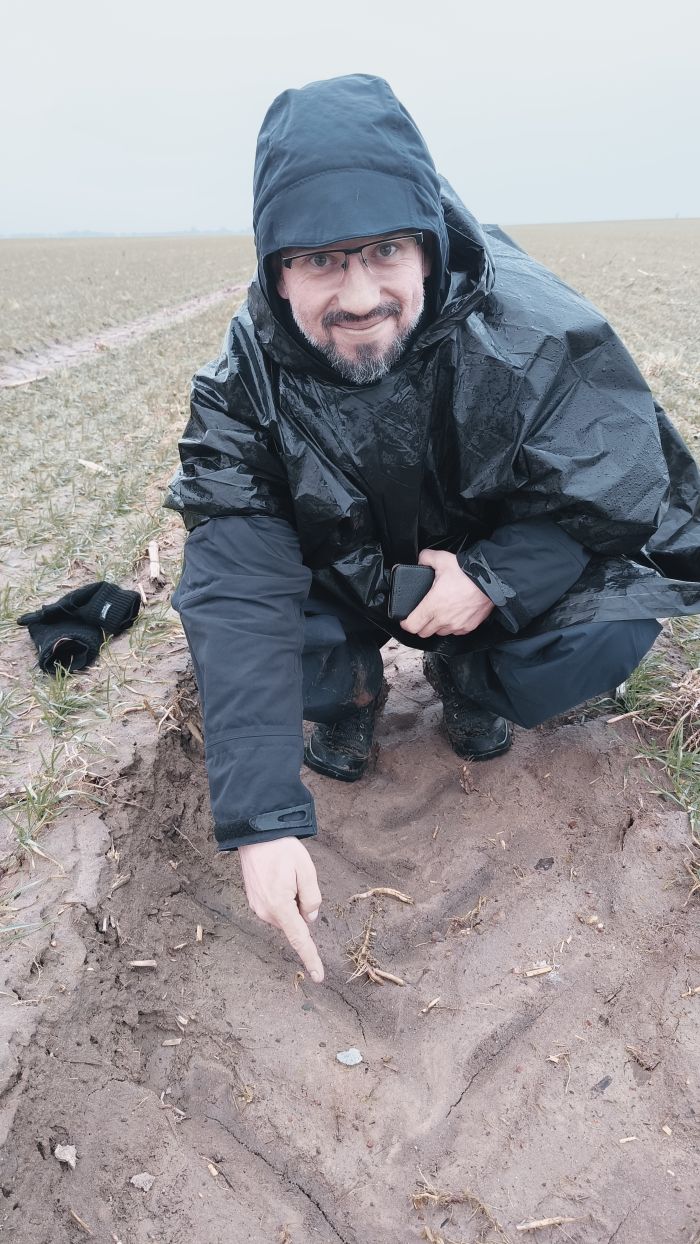
'My meteorite-hunting colleagues and I decided to try our luck and went to the area of Ribbeck in Germany. During the first three days of the search, we failed to find anything, even though several dozen meteorites had already been found in the area where we were searching. This expedition was a failure. Only a week later, during the second trip, I managed to find a small meteorite fragment weighing just over five grams. It had a fusion crust typical of meteorites, formed as the meteorite passes through the atmosphere, although much brighter than usual. This meteorite was cracked, inside it looked quite similar to Earth's stones,â the scientist says.
So far, about 140 meteorite specimens, weighing a total of 1.5 kg, have been recovered from asteroid 2024 BX1, as it is officially named. Meteorites take their names from the nearest town from the fall; this time the international meteorite society gave it an official name: the Ribbeck meteorite.
Professor Szymon Kozłowski is a professional astronomer and deals with issues related to extragalactic astronomy. Meteorites are his passion, which he talks about on the YouTube channel W Gabinecie Astronoma.
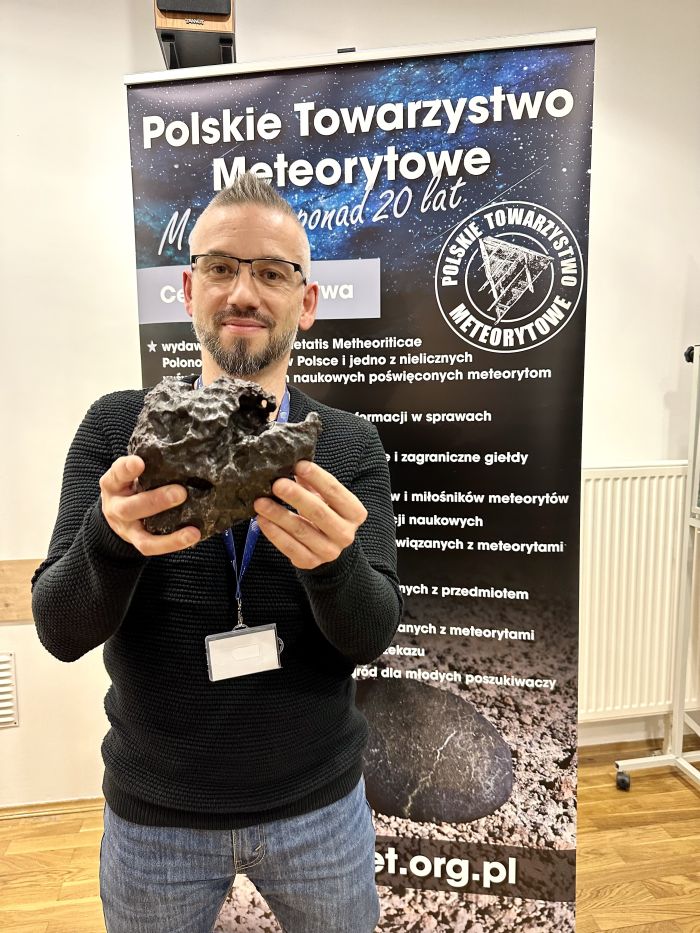
The meteorite collection he founded in 2000 currently consists of approximately 160 specimens. 'When I was a child, back in the times of the Polish People's Republic, I came across a tiny book called +The Mystery of the Morasko Meteorite+ - small, ugly and grey by today's standards, but revealing the secrets of the fall of meteorites and most likely related craters located near Poznań. In Zielona Góra, where I come from, it was not possible to see meteorites at that time. So when I could afford it, I bought a few. And the most important from that series is a small specimen of the Pułtusk meteorite, which fell near Pułtusk, he says.
MORASKO 'MECCA'
His favorite specimen in the collection, however, is one of the Morasko meteorites. In the vicinity of Morasko, which used to be a separate town and today is the northern district of Poznań, iron meteorites have been discovered since 1914. There are as many as seven meteorite craters there, around which about a thousand meteorites have been found to this day. Six of them are in Professor Kozłowski's collection.
The two largest specimens found near Morasko weigh 271 and 261 kg. 'In my collection, the largest meteorite from that fall weighs 3 kg, the second one weighs 806 grams. The second one, however, is very interesting, because it is a shrapnel. When a large iron meteorite hits the Earth, it is sometimes torn to pieces and that is one of such metal fragments,â the astronomer says.
Meteorites are fragments of extraterrestrial bodies from our Solar System. It formed from a cloud of gas and dust that collapsed under the influence of gravity. The Sun formed in the centre of the density, and a disk of matter formed around it. In this disk, matter coalesced into planets, moons and asteroids. The latter most often orbit between Mars and Jupiter, and we currently know nearly 1.5 million of them.
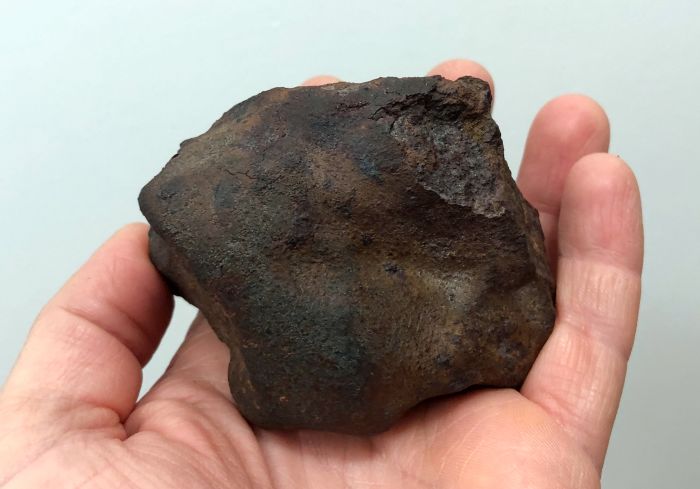
The smallest asteroids with a radius of less than 10 km have remained in their original state since the formation of the Solar System. Fragments of these objects sometimes fall to Earth in the form of meteorites - the so-called chondrites. Nearly 90 percent of meteorites that fall to Earth come from such small asteroids. Isotope measurements of elements in these rocks provide us with information about their age and indicate that they are 4.567 billion years old. That moment in history is considered to be the beginning of our Solar System.
Meteorites of this type, i.e. chondrites, are mostly composed of several minerals: olivines and pyroxenes. Our planet's mantle, i.e. the rocks under the continental plates, consists of similar minerals. Chondrites are stony meteorites, but they have some iron particles inside.
What does a meteorite that has fallen to Earth look like? 'When a lump of matter begins to collide with the Earth's atmosphere at an altitude of 100 km, friction occurs. The surface of the rock heats up to 10-15 thousand degrees Celsius, the material melts, all the sharp edges of the rock become rounded. The falling object shines very brightly, and we see its passage in the form of the so-called bolide. After falling, the stone is covered with a black fusion crust, says Professor Kozłowski.
TYPICAL LIKE A METEORITE
How to recognize a real meteorite and distinguish it from a random stone? Professor Kozłowski explains that 80-90 percent meteorites look similar, they are black or rust-coloured stones with a fusion crust, all their edges are rounded, they usually do not have sharp edges. Due to the fact that 10-20 percent of their composition is metallic iron, when we apply a magnet to a meteorite, it should attract it. Good quality metal detectors should also register stony meteorites - chondrites. If we take such a meteorite in one hand and an ordinary earth stone of the same size in the other, the former will seem heavier.
Some meteorites may consist entirely of iron with a few percent of nickel. We call them 'iron meteorites'. They come from the interior of large asteroids with a radius of over 10 kilometres. At the very beginning, these asteroids contained radioactive elements that spontaneously decayed to form other elements or isotopes. In such spontaneous decay, heat was emitted. The large asteroid became so hot that its interior melted, with heavy elements such as iron and nickel falling inside to form an iron core. When such an asteroid disintegrates during a collision with another asteroid, fragments of its iron core can move freely in space, only to fall to Earth after millions of years.
On the very surface of large asteroids, but also on Mars and the Moon, there are rocks very similar to Earth's rocks, ones that do not contain metallic iron. When such a rock falls to Earth in the form of a meteorite, it will be black, but it will not contain metallic iron, and therefore - the magnet will not attract it.
The expert explains that in Poland meteorites can be bought, sold, exchanged and collected. However, those found in Poland may not be exported.
'The first and most basic way to look for meteorites is to go to a place where we know that a meteor shower once fell. There are several such sites in Poland, says Professor Kozłowski.
In 1868, the world's largest fall of stony meteorites took place 10 km from the city of Pułtusk. 70,000 to 100,000 meteorites fell at once. To date, 10,000 of them have been found. 'They are in virtually all meteorite collections in the world. There must still be a lot of them left in the fields near PułĹtusk, so you can look for them there. I haven't found any meteorites in this place yet, but my fellow searchers have, Kozłowski says.
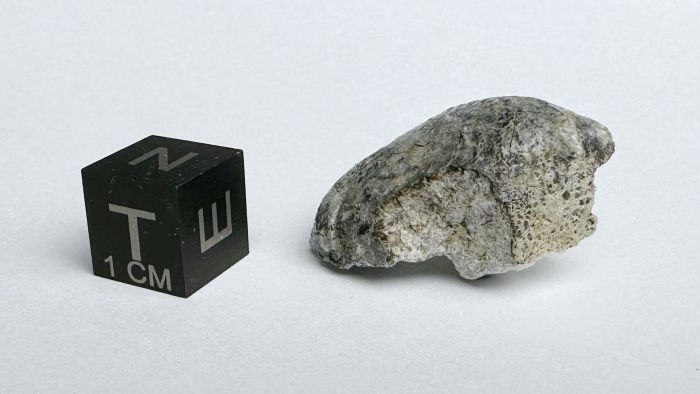
The second such place in Poland is the area around Łowicz. In 1935, a shower of iron-stone meteorites fell 10 km southwest of the town. About 60 meteorites have already been found. Every few years we learn about discoveries of further fragments.
The third place in Poland is Morasko, where approx. 1,000 meteorites have been found so far, and new ones are still being discovered.
ACROSS THE DESERT WITH A BUCKET
The second method, widely practiced for about 20 years, involves trips to the desert. Everywhere you look, you see yellow sand, you drive around and suddenly you see a black stone - what else could it be but a meteorite? So all black stones are thrown into a bucket and brought to Poland. Some searchers have collected hundreds of such meteorites. It is worth adding that scientists do exactly the same thing, only they plan expeditions to Antarctica and look for black stones on the ice,â KozĹowski says.
For at least 20 years there have been so-called bolide networks all over the world, i.e. cameras aimed at the sky, which record all that is visible throughout the night. Meteor flights and shooting stars are also recorded. 'When we have at least three stations that record the bolide phenomenon, we can calculate the angle at which it entered the atmosphere, its flight speed and where it should fall. The map shows the fall area of possible meteorites. You go to such an area and search for it. This was exactly the case with the new meteorite from Germany, Kozłowski says.
PAP - Science in Poland, Ewelina KrajczyĹska-Wujec
ekr/ bar kap/
tr. RL
Przed dodaniem komentarza prosimy o zapoznanie z Regulaminem forum serwisu Nauka w Polsce.






